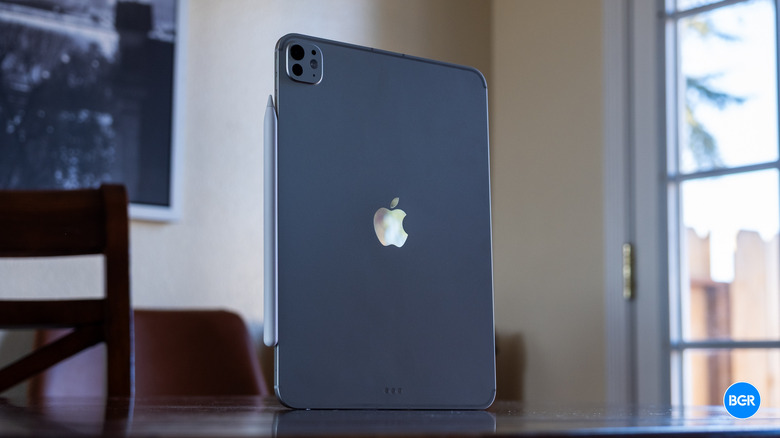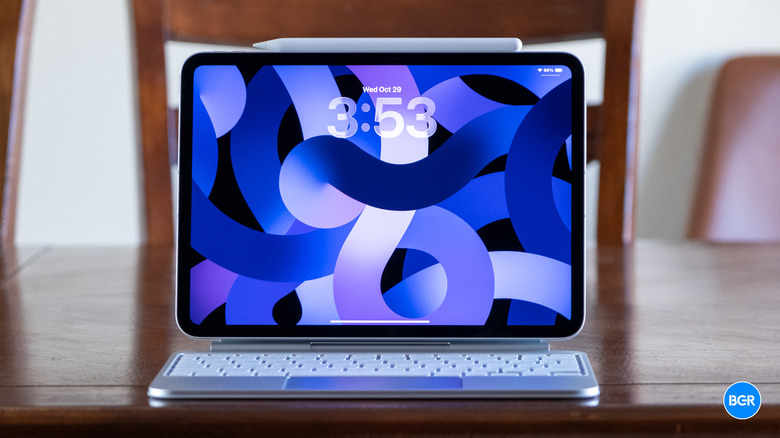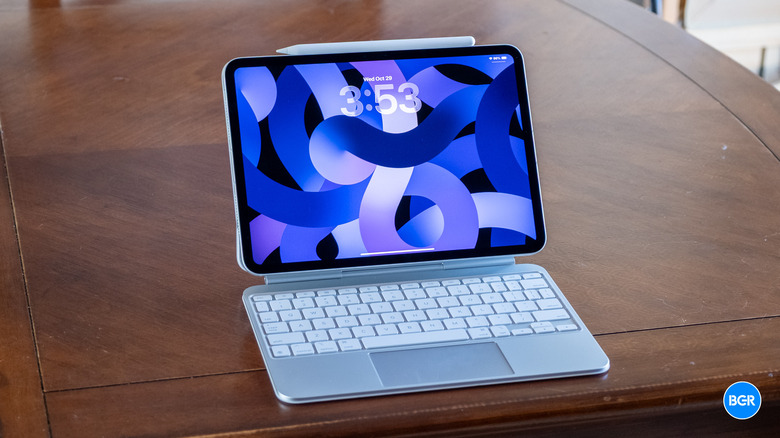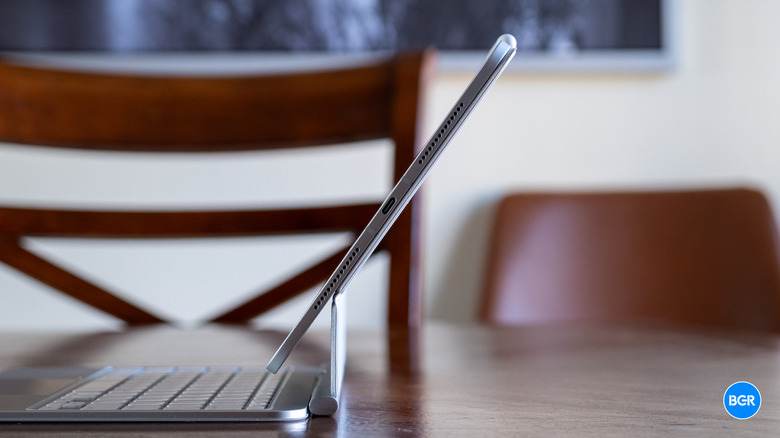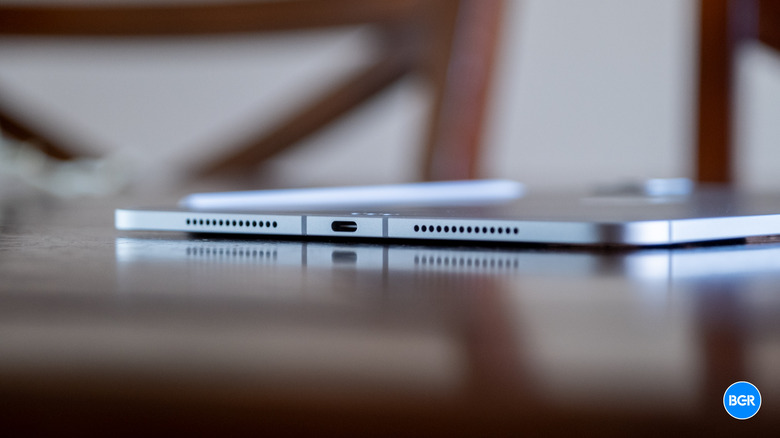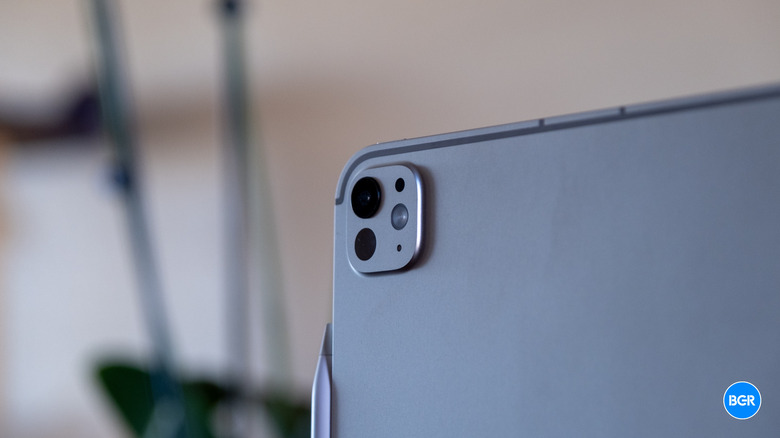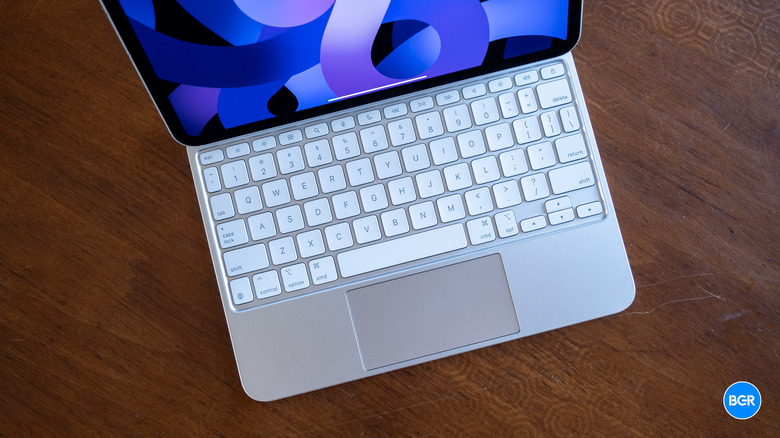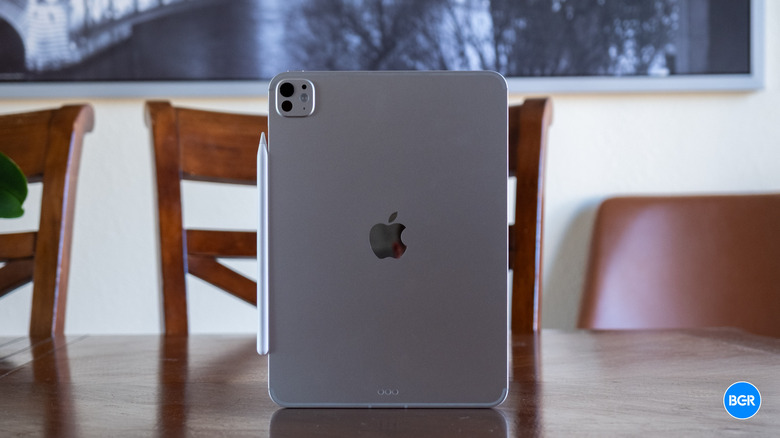iPad Pro M5 Review: Does Better Performance Matter Now?
Apple revamped the iPad Pro last year with a thinner build and the M4 chip. At the time, I hailed it as the best tablet ever, and arguably, last year's iPad Pro still hasn't been beaten by anything else — except now, Apple is back with a refresh in the form of the iPad Pro with M5. If you saw an M5 iPad Pro next to last year's M4 model, you'd be hard-pressed to spot a single difference.
So, what's new? Well, performance, mostly. The M5 moves the line forward in speed and graphics capability. But from the outside in, this is essentially the same iPad Pro you know — only a little faster, a little cooler under load, and still very expensive once you add storage and accessories. None of that (except the price, I suppose) is a bad thing.
Design
The iPad Pro M5 sticks almost entirely to the same design as last year's M4 model. Again, I'm very glad it did. The tablet is thin, well-built, and feels incredible to hold, even one year after this design debuted. There's enough bezel around the display to grip without accidental touches, and the flat sides still make it easy to attach accessories. I'm reviewing the 11-inch model in Silver. Like last year, the front-facing camera is in one of the horizontal edges, while the USB-C port is on the right side when using it in landscape mode and the bottom in portrait mode.
Much of what I like about the modern iPad Pro is how it feels in the hand. Sure, the iPhone Air rightfully gets attention for how thin it is, but did you know that the iPad Pro is basically just as thin? That might not be as much of an engineering feat given the larger footprint means a lot more room for internals. But what it does mean is that just like the iPhone Air, holding the iPad Pro feels a lot like you're holding a pane of glass.
The iPad Pro comes in 11-inch and 13-inch sizes, and I still prefer the 11-inch. That's not to say it's objectively better. Many people prefer the 13-inch model, especially those who use the iPad more as a laptop than a tablet. I use it as a mix of those things, and I find the 13-inch model a little uncomfortable to hold, for example, in bed. And yes, there are some extremely minor design differences between the M4 and M5 iPad Pro, but they're almost not worth mentioning. On the back of the iPad Pro, you'll find no text whatsoever — not even the words "iPad Pro." I like the look. It's cleaner, even if the M4 model looked very clean already.
Display
Apple's "Ultra Retina XDR" tandem‑OLED remains stunning. Because it's an OLED, you'll get deep, inky blacks, excellent uniformity, and bright highlights when viewing HDR content. The ProMotion screen can range in refresh rate from 10 to 120Hz, so it feels smooth when you're scrolling or gaming. Like last year, the iPad Pro comes with an option for a nano-texture glass, though the model I'm reviewing has the standard glass, which still has an antireflective coating. I really like the look of the nano-texture glass, but it does cost extra.
On the 11‑inch model, you'll get a 2420×1668 resolution at 264 ppi, with up to 1600 nits peak brightness in HDR. It's bright enough for outdoor use, and HDR content looks phenomenal without the blooming you'd see on LCDs. We've started seeing more tandem OLED screens over the past year, but they're still rare enough to mean that the iPad Pro still has one of the best displays you can get on any consumer tech product.
Performance
In true "spec bump" fashion, the M5 iPad Pro's biggest upgrade is, well, the M5 chip. There are actually two M5 configurations on this device:
- 9‑core (3 performance + 6 efficiency) with 12GB of RAM on the 256/512GB models
- 10‑core (4 performance + 6 efficiency) with 16GB of RAM on the 1TB/2TB models.
All models get a 10‑core GPU with a 16‑core Neural Engine. In practice, CPU gains over the M4 are moderate — think a generation‑over‑generation bump rather than a massive leap. Where you'll get the biggest improvement is on the GPU side and in workloads that take advantage of the Neural Engine. The GPU performs quite a bit better than the M4 chip, and it makes a difference in things like gaming and video editing. Games load quicker and editing feels smoother. While most won't notice a difference between the M4 and M5, those with older models might.
My workload, however, typically involves little of that. Sure, I do video work, but almost never on an iPad. I do work on the iPad semi-regularly, in which I multitask a lot and have lots of browser windows open, along with apps like Google Docs, ClickUp, and so on, but I never ran into issues on the M4 iPad Pro with that workflow, and I haven't yet on the M5 model either.
Apple is (of course) talking up on‑device AI. The M5's Neural Engine is very fast, though most people don't really have workflows right now that really take advantage of it. In theory, that could change as Apple continues to improve Apple Intelligence, and to be fair, I've always appreciated how Apple future-proofs its devices.
Another interesting performance-related change is the fact that Apple has added its self-built C1X modem to the mix. That's yet another device that no longer has a Qualcomm modem in it, a trend that I expect to see continue. I almost never use cellular connectivity on my iPad, and I don't expect that to change, but in my testing, the 11-inch iPad Pro performed perfectly well when it came to connectivity.
Battery life
Battery life is the same as last year. Apple rates the 11‑inch model at up to 10 hours of video watching on Wi‑Fi, and that tracks with mixed‑use days that include a lot of browser tabs, notes, and a bit of editing. If you're pushing GPU‑heavy workloads, you'll drain it faster, but if you're mostly reading or streaming, you can stretch beyond the spec. Either way, it's "a solid full day" in normal use.
The new fast‑charging tech is helpful. With Apple's 40W Dynamic Power Adapter, you can get roughly 50% battery life in about 30 minutes. It doesn't change total endurance, but it does make quick top‑ups between charges even faster.
Camera
The rear camera is unchanged. On the back, there's a 12MP camera. It's perfectly fine for scanning documents, grabbing reference shots, or recording video in a pinch — but most aren't using a tablet as their primary camera, and this doesn't try to change that.
The front camera remains very solid. It's a 12MP landscape camera with Center Stage, and it makes you look good on calls while keeping you framed naturally when you move.
Accessories
Apple's first-party accessories have always been very good, and that is still the case this year. The Magic Keyboard is still available for this model, and it's the best keyboard accessory you'll find, even if it's pricey. The keys are comfortable, and the trackpad is still almost as good as those on Apple's laptops, which are the best in the business.
The Apple Pencil Pro is excellent too, though it's an accessory I use much less often. It offers a range of helpful features and gestures to help make things like sketching quicker and more accurate. It, too, is the same as last year, though.
Worth noting is the fact that the accessories add a lot to the final price. Even on its own, the iPad Pro costs more than an iPad Air, and it may be worth the money for you depending on what you're looking for — but many will find that instead of a "laptop replacement," perhaps it's just worth buying a laptop.
Software
iPadOS 26 marks a significant shift for the iPad experience. Apple has introduced a sleek new "Liquid Glass" design language that refreshes the UI with translucent panels, dynamic reflections, and fluid animations. More importantly for the iPad, it also adds a host of new multitasking and productivity features.
Multitasking in particular is much better in iPadOS 26 with an entirely new windowing system that brings the iPad closer to laptop-level flexibility — for real this time. You can freely resize, move, and stack windows, tile multiple apps on-screen, and even access a menu bar and window controls reminiscent of a Mac.
Of course, it's worth mentioning that there's nothing special about the iPadOS 26 you get on this iPad compared to the iPadOS 26 you get on the M4 model. You don't need to buy a new iPad just to get the update, and everything feels just as smooth on the year-old tablet.
Conclusions
The iPad Pro M5 is the best iPad Apple makes. It's also the best tablet that anyone makes — and frankly, it's the first time that performance improvements feel like they matter given the updates to iPadOS. If you have an M4 iPad Pro, you probably don't need those performance upgrades — but if you have an older model and use your iPad Pro for actual productivity or creativity tasks, rather than just content creation, the M5 iPad Pro is an excellent buy, even starting at $999.
The competition
Within Apple's lineup, the iPad Air is still the iPad most people should buy. You give up the tandem‑OLED panel and the top-end performance, but you save a lot of money and still get a very capable tablet.
High‑end Android tablets can be excellent for media and light productivity, but they're still behind the iPad when it comes to software compatibility, and iPadOS now matches that support with flexibility. The iPad Pro remains the tablet to beat if you want the best screen, pen experience, and mobile creative app library.
Should I buy the iPad Pro M5?
Yes. It's the best tablet out there — so much so that, for many, it's probably overkill.
